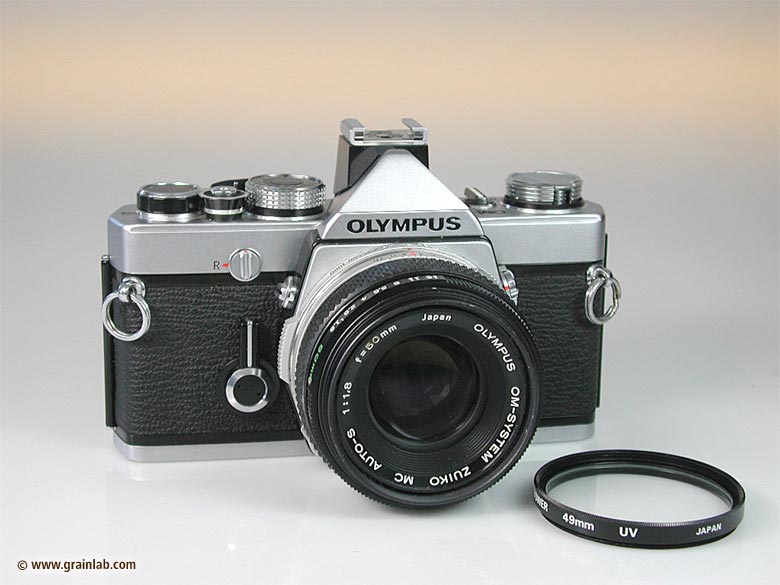

Here instead I resized both f/8 images for a 1m x 75cm print, and sharpened each to its best for print (that’s why they may look slightly over-sharpened). * Basic explanation: even if thanks to the crop factor the lens is equivalent to a 50mm lens, you’re using anyway a 25mm focal length, and the depth of field is focal length dependent.
OLYMPUS OM 50 1.8 FULL
So the Panasonic, while gathering light like any f/1.7 lens, has the depth of field of a f/3.5 lens on full frame.* This because the 2x of the crop factor it applies also to the aperture, not in terms of light gathering ability (so the exposure will be the one needed for a f/1.7 lens), but in terms of depth of field. You’ll notice that the Panasonic has much more depth of field. On the Olympus I had the latest offering of Panasonic, that just recently hit the shelves: the Lumix G 25mm f/1.7, that given the 2x crop factor of micro 4/3 sensors it is equivalent to a 50mm.įirst the entire scene at f/1.7. The Sony was fitted with the excellent Contax Zeiss 50mm f/1.7 Planar, one of the “film era” lenses that still – like most of the Contax Zeiss lineup – shines on digital. The other day I had both the Sony A7r and the Olympus OM-D E-M10 with me, so I decided to took a few shots just to stack the cameras one against the other.


 0 kommentar(er)
0 kommentar(er)
